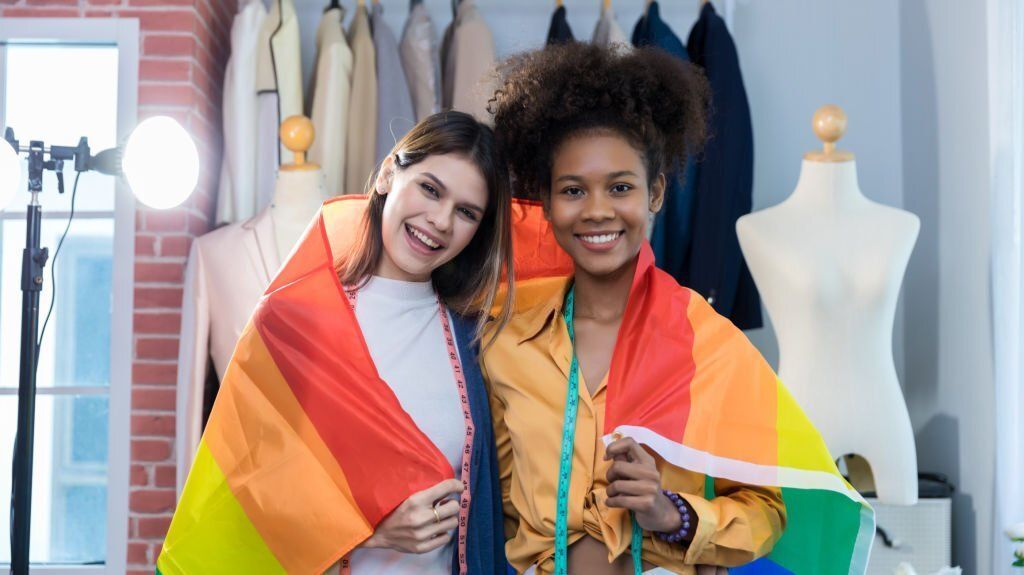Celebrating LGBTQ+ Pride: Embracing Inclusivity in Fashion

Recently, a controversy surrounding Target's LGBTQ+ clothing line has gained attention and sparked discussions about inclusivity within the fashion industry. The controversy has led to calls for a boycott, with individuals expressing differing viewpoints on the matter. In this blog post, we will delve into the Target LGBTQ+ clothing controversy and examine the reasons behind the boycott.
The controversy stems from Target's decision to introduce a clothing line specifically designed for the LGBTQ+ community. While some individuals view this as a positive step towards inclusivity and representation, others argue that it creates division by singling out a particular group based on sexual orientation and gender identity. This debate has ignited passionate conversations across social media platforms and beyond.
In response to Target's LGBTQ+ clothing line, some individuals have called for a boycott of the retailer. Supporters of the boycott argue that the creation of a separate clothing line for the LGBTQ+ community reinforces stereotypes and fails to promote true inclusivity. They believe that fashion should transcend labels and be accessible to everyone, regardless of sexual orientation or gender identity.
On the other hand, those who oppose the boycott contend that the LGBTQ+ clothing line provides a much-needed platform for self-expression and visibility. They argue that it allows individuals within the LGBTQ+ community to celebrate their identities proudly and fosters a sense of belonging and representation within the fashion industry.
Amidst the polarizing perspectives, it is essential to remember the shared goal of fostering inclusivity and acceptance for all individuals. While differing opinions exist, it is crucial to engage in respectful dialogue that encourages understanding and empathy. The Target LGBTQ+ clothing controversy provides an opportunity for the fashion industry and society as a whole to reflect on the ways in which representation and inclusivity can be best achieved.
The Target LGBTQ+ clothing controversy and subsequent boycott highlight the ongoing conversations surrounding inclusivity within the fashion industry. While some argue that a separate clothing line reinforces division, others believe it provides a platform for self-expression and visibility. As we navigate this complex issue, it is crucial to seek common ground, foster understanding, and work towards a more inclusive future.


